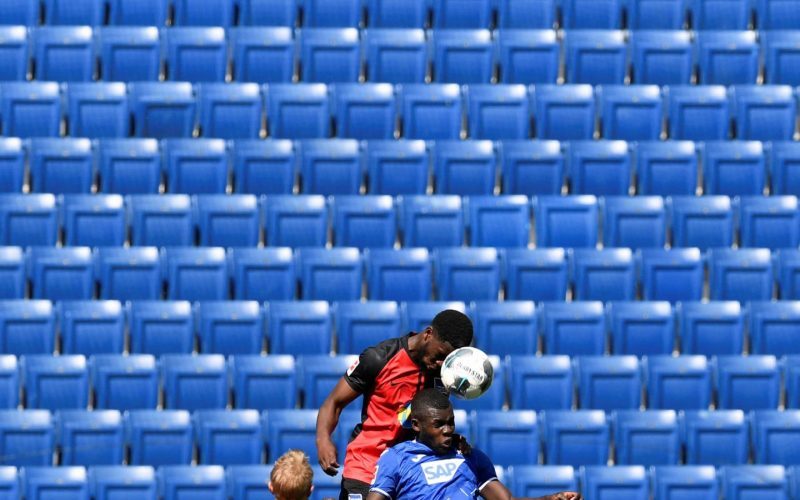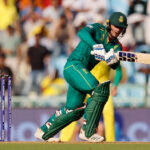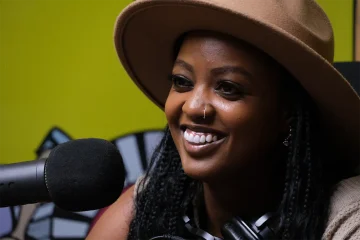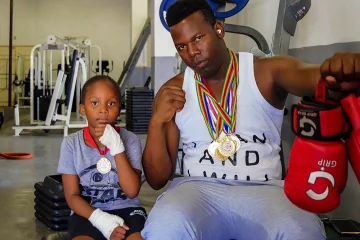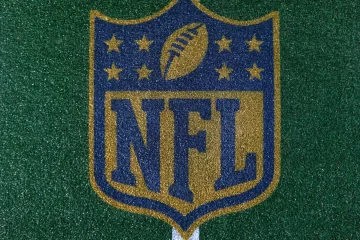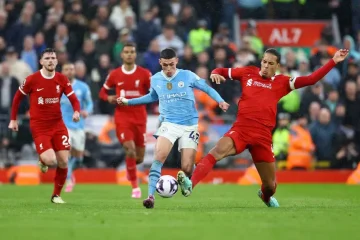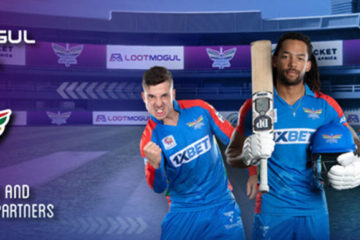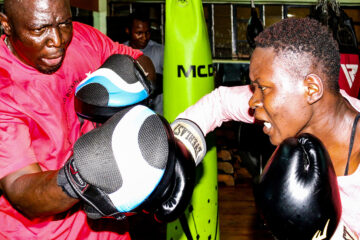DANIEL GALLAN
IT WAS football, just not as we know it. On 16 May, top-flight action returned to Germany as the Bundesliga peeped above the parapet and trudged into an unknown future.
There were no crowds. The audible thump of the ball leaving the players’ boots reverberated off the yawning stands. The play was understandably ponderous and sloppy at times. But it was football, and for those who care about the fate of a ball it was welcomed like rain after a ceaseless drought.
It was not without complications though. Tactics and atmosphere aside, a worrying statistic emerged. From the first six fixtures after the Covid-19 enforced lockdown, eight players suffered muscle strains. That is an injury rate of 40.4 for every 1 000 hours of play. Before hibernation the injury rate in Germany was 13.8 for the same amount of on-field action.
“We’re watching events in Germany very closely,” says Rene Naylor who has worked as the Springboks’ physiotherapist since 2008. “We’ve got a bit of distance in South Africa in terms of when the virus hit and when we expect to return to play. We’re able to watch what other countries are doing and learn from them. We’re leaving no stone unturned and are paying careful consideration to what the numbers are telling us.”
Naylor is right to be cautious. Under normal circumstances, 1 000 hours of top level rugby yields around 81 injuries. That is 5.9 times higher than football. Transposing the figures seen in Germany in the first round of fixtures after lockdown, a bruising rugby Test would see at least nine serious injuries per game. According to Naylor, the expected average for a Bok match last year was little more than one.
“This is why we cannot rush the players back,” Naylor cautions. “We believe that they’ll need at least four weeks of sustained and monitored training before they can compete in a match. In Germany, football returned ten days after lockdown was lifted.”
Those nations that have allowed sport to return, or have announced a return date, have passed the peak of the pandemic’s ravages. South Africa has yet to reach the summit of this crisis. This is why the more pertinent concern for athletes dusting off their boots is not a torn hamstring, but lungs infected with Covid-19.
“The health and safety of the players is the primary issue, it is non-negotiable,” says Tebogo Monyai, vice-president of the South African Football Players Union (Safpu). The South African Cricketers Association (Saca) and The Rugby Players’ Organisation espoused similar priorities. The conversation then turns to how that safety is assured.
The logic behind lockdown was to minimise person-to-person contact. It is impossible to contest a line out or challenge for a header without getting up close to the opponent. As such, everyone on the field, and among the travelling armies that accompany elite teams, would have to undergo regular testing, must be clear of Covid-19 symptoms for at least two weeks and must continue their isolation from those who have, or might have, the virus.
“Essentially, we’ll need to create a bubble,” explains Hashendra Ramjee, one of five team doctors for Kaizer Chiefs. “That comes with many logistical and financial challenges. But it is doable.”
In July, the Ultimate Fighting Championship (UFC) will transport fighters, coaches and a broadcast crew to Yas Island in Dubai for an extravaganza of organised violence on the aptly named “Fight Island”. Other organisations, such as the National Rugby League in Australia, have toyed with the concept of staging events on private enclaves.
Nothing of the sort will likely occur in South Africa. According to Monyai, domestic football in South Africa could be concluded within a month and a half. This would require every club to cluster in one city and cram all remaining fixtures through a tiny bottle neck.
Speaking on The Real Science of Sport Podcast, sports scientist Ross Tucker warned against creating a “chokepoint for the disease” and wondered if it were possible to “defend the integrity” of the bubble. That would need to encompass multiple hotels, training facilities, dining spaces and more. It is feasible, but wealth equality is absent in almost every professional sports league and some clubs may struggle to foot the bill.
“Bigger unions could possibly cope, but it is imperative that we don’t leave behind those who were already struggling financially,” adds Janesh Ganda, who has worked as a team doctor for a variety of rugby teams including the Junior Springboks, Western Province and and the University of Cape Town’s Ikey Tigers.
“Covid has already widened the gap between rich and poor in our sport. The wealthy guys have been able to monitor their players more closely and provide equipment to those who need it. When we do return to the field, the wealthy teams are going to be fitter, stronger and less at risk to injury.”
Modern sport has been plagued by predictability for some time now. From the Uefa Champions League to the Cricket World Cup, those with burgeoning coffers stand a better chance of lifting silverware. If a hasty return to play after lockdown might increase the gap, as well as all the health and safety risks that have already been outlined, is it worth it?
Tucker grappled with this by asking: “To what extent do we hurt sport by not playing it?” The answer is difficult to quantify.
On 20 April, FIFPro, the worldwide representative organisation for over 65 000 professional footballers, published a report on its website. It stated that 22% of women players and 13% of male players surveyed over a three week period reported symptoms consistent with a diagnosis of depression as a result of their inaction. Similar figures were reported for increased levels of anxiety.
“The players are desperate to play,” Monyai says. “We’re in close contact with them and the story is consistent. They are adamant that the conditions must be safe, but they are eager to return. They need to earn an income. The longer this takes place, the more players will suffer.”
That eagerness may complicate matters. In April, Watford captain Troy Deeney stated that he would not return to training as he didn’t want to risk contracting the virus. He spoke of the increased risk black and ethnic minority Brits have faced in the wake of the virus as well as his worry for his young child with breathing problems.
Peer pressure is prevalent in any cluster of human beings and some junior players without Deeney’s steel might reluctantly step into the breach. For Andrew Breetzke, president of Saca, this is an issue the union is taking very seriously.
“The mental health of the player is just as important as his physical well-being. We’ve had psychologists on call whenever a player needed one and we know things could get worse before they get better. If a player feels under pressure to return before they’re comfortable to do so, we will fully support them.”
If such cases do arise, they will likely be in the minority. Most will be itching to reacquaint themselves with the world in which they thrive. The challenge for managers and strength and conditioning coaches is to temper that exuberance.
“Whenever an athlete returns to play, either because of an injury or at the start of a new season, their progression and load must be managed,” says Sharief Hendricks, president elect of the South African Sports Medicine Association. “Ideally you’d get two to three months of a preseason where you can steadily increase the intensity of training. What we’ve got is possibly three to four weeks.”
These are unprecedented times and the way athletes train and condition their bodies for the rigorous demands of their profession will have unforeseen consequences. The practitioners who assist the athletes are also having to traverse uncharted waters
“We don’t really know how different things will be,” says Ramjee. “Take concussion as an example. Usually when a player goes down, two people run on the field. One to stabilise the player’s neck, the other to evaluate the injury and do a concussion test. Will Covid mean only one person is allowed on the field? All that is certain is that things will not be how we remember it for a while.”
That is true for every facet of our lives. If six tumultuous months of 2020 have taught us anything, it is that the structures that hold our world in place need to be examined, challenged and, where appropriate, torn down. Whatever lies beyond the no man’s land of our immediate future, we will certainly find professional athletes competing for our enjoyment. Their health and safety has never been more at risk. – New Frame

